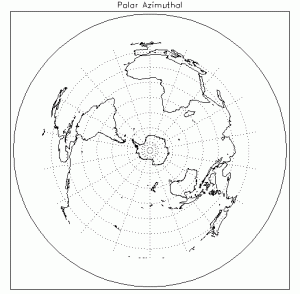

"If a straight line falls on two straight lines in such a manner that the interior angles on the same side are together less than two right angles, then the straight lines, if produced indefinitely, meet on that side on which are the angles less than the two right angles."


The most notorious of the postulates is often referred to as "Euclid's Fifth Postulate", or simply the " parallel postulate", which in Euclid's original formulation is: In the Elements, Euclid began with a limited number of assumptions (called axioms or postulates) and sought to prove all the other results ( propositions) in the work. The debate that eventually led to the discovery of non-Euclidean geometries began almost as soon as Euclid's work Elements was written. While Euclidean geometry (named for the Greek mathematician Euclid) includes some of the oldest known mathematics, non-Euclidean geometries were not widely accepted as legitimate until the 19th century. In elliptic geometry, the lines "curve toward" each other, and eventually intersect therefore no parallel lines exist in elliptic geometry. In Euclidean geometry, however, the lines remain at a constant distance, while in hyperbolic geometry they "curve away" from each other, increasing their distance as one moves farther from the point of intersection with the common perpendicular. In Euclidean and hyperbolic geometry, the two lines are then parallel. (See the entries on hyperbolic geometry and elliptic geometry for more information.)Īnother way to describe the differences between these geometries is as follows:Ĭonsider two lines in a plane that are both perpendicular to a third line. In hyperbolic geometry, by contrast, there are infinitely many lines through A parallel to l, and in elliptic geometry, parallel lines do not exist. In Euclidean geometry, if we start with a point A and a line l, then we can only draw one line through A that is parallel to l. The essential difference between Euclidean and non-Euclidean geometry is the nature of parallel lines. The term non-Euclidean geometry (also spelled: non-Euclidian geometry) describes both hyperbolic and elliptic geometry, which are contrasted with Euclidean geometry.


 0 kommentar(er)
0 kommentar(er)
